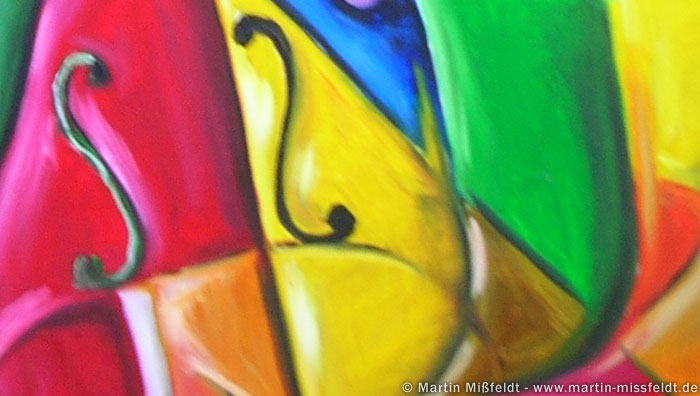
He painted in the style of Analytical Cubism, a term he himself later coined. Unlike Picasso and Braque, whose Cubist works were practically monochromatic, Juan Gris was known for painting with bright harmonious colors in daring, novel combinations in the manner of his friend Matisse. Juan Gris, Pears and Grapes on a Table, Céret, autumn 1913. They also used multiple or contrasting vantage points.īy taking these measures, they destroyed traditional “illusionism” in painting and radically changed the way we see the world. They reduced and fractured objects into geometric forms, and then realigned these within a shallow, relief-like space. They dismantled traditional perspective and modeling in the round in order to emphasize the two-dimensional picture plane. The Cubist painters rejected the inherited concept that art should copy nature, or that artists should adopt the traditional techniques of perspective, modeling, and foreshortening.
Cubism artists series#
During Analytic Cubism (1910–12), also called “hermetic,” Picasso and Braque so abstracted their works that they were reduced to just a series of overlapping planes and facets mostly in near-monochromatic browns, grays, or blacks. In Cubist work up to 1910, the subject of a picture was usually discernible. Georges Braque, Bottle, chalk, charcoal, collage, pastel, paper, 1914. In addition, other influences on early Cubism have been linked to Primitivism and non-Western sources. Vauxcelles called the geometric forms in the highly abstracted works “cubes.”

The painting Le Viaduc de L’Estaque above is one of those paintings. The French art critic Louis Vauxcelles coined the term Cubism after seeing the landscapes Braque had painted in 1908 at L’Estaque in emulation of Cézanne. The late works of Paul Cézanne’s representation of three-dimensional form are credited as being primary influences that led to Cubism. The movement was pioneered by Pablo Picasso and Georges Braque, joined by Jean Metzinger, Albert Gleizes, Robert Delaunay, Henri Le Fauconnier, Fernand Léger and Juan Gris. The term is broadly used in association with a wide variety of art produced in Paris (Montmartre, Montparnasse and Puteaux) during the 1910s and extending through the 1920s. Georges Braque, 1908, Le Viaduc de L’Estaque (Viaduct at L’Estaque), oil on canvas, 73 x 60 cm, Tel Aviv Museum of Art And, in music, the composer Igor Stravinsky credited Cubism for having an impact on his work. Its influence was also felt in the field of literature, most notably in the writings of Gertrude Stein, James Joyce and William Faulkner, who applied the principles of abstract language, repetition and use of multiple narrators.

It inspired future movements including Futurism, Constructivism, Dada and Surrealism. It is credited for having paved the way for the pure abstraction that dominated Western art for the next 50 years. You may wonder, what is Cubism, how did it get started and why is it so important?įirst of all, Cubism marked a major turning point in the whole evolution of modernist art. One of the most influential art movements of the early twentieth century and one that remains a major source of inspiration for many artists today is Cubism.

© 2014 Estate of Pablo Picasso / Artists Rights Society (ARS), New York. It Paved The Way for Pure Abstraction Pablo Picasso, Nude in an Armchair, Horta de Ebro (present-day Horta de Sant Joan), summer 1909.


 0 kommentar(er)
0 kommentar(er)
